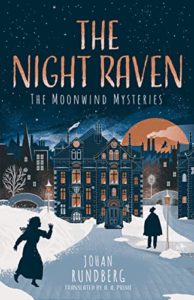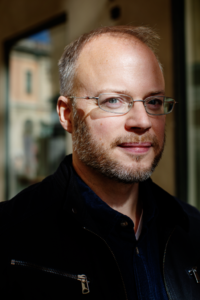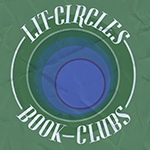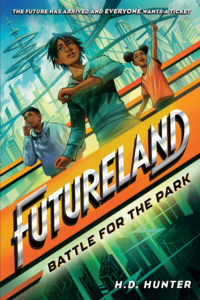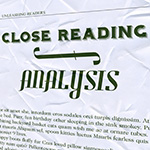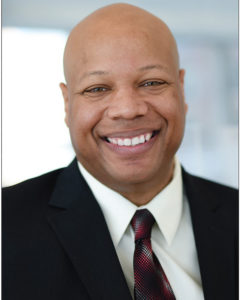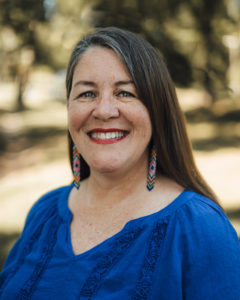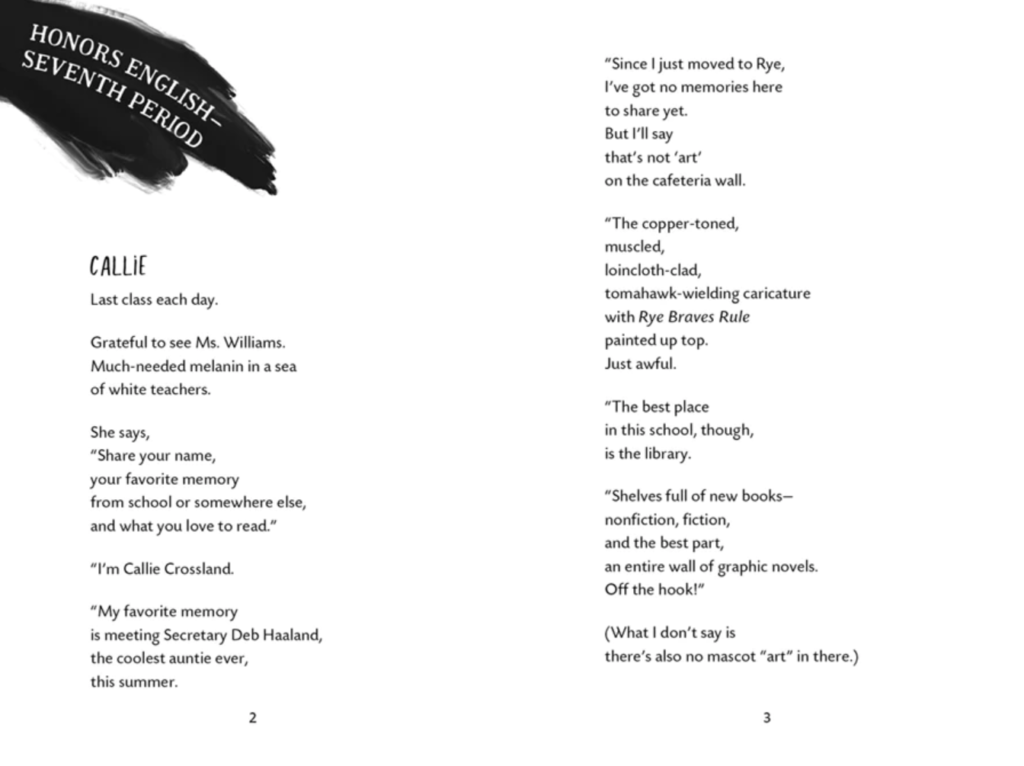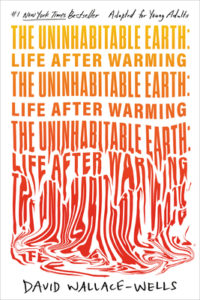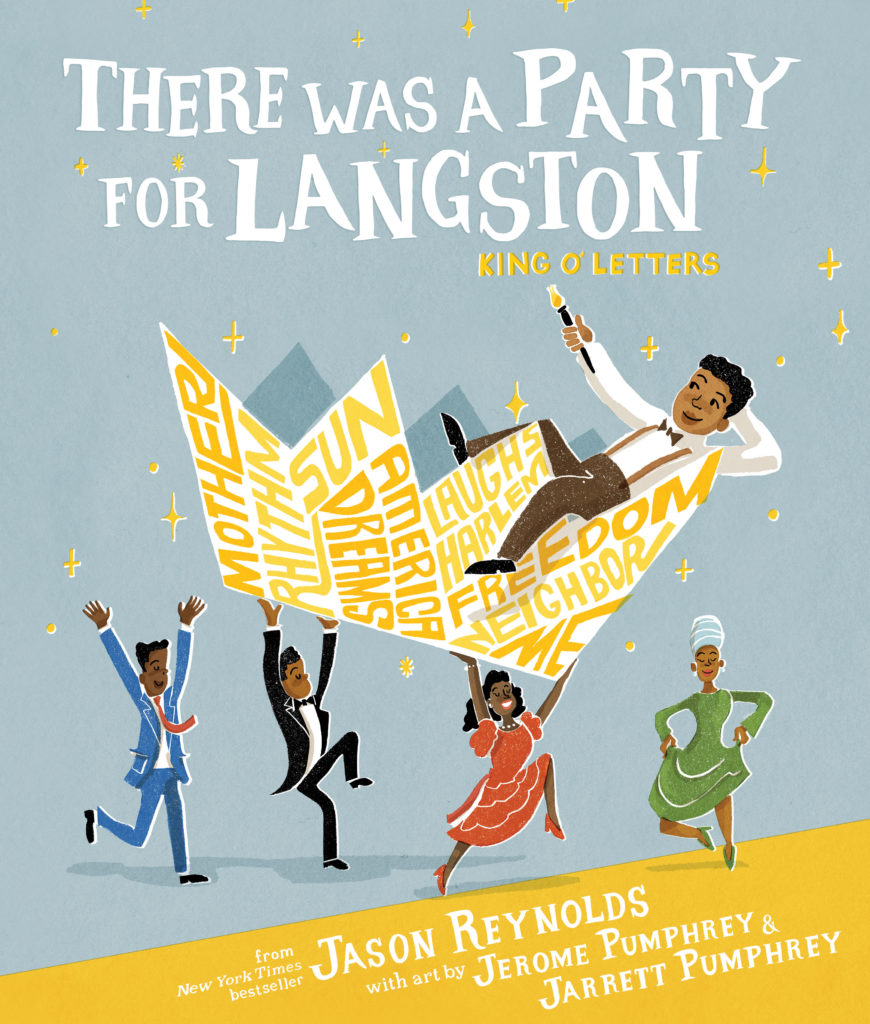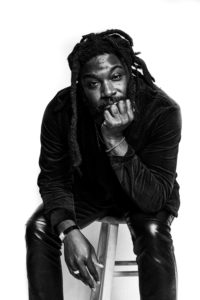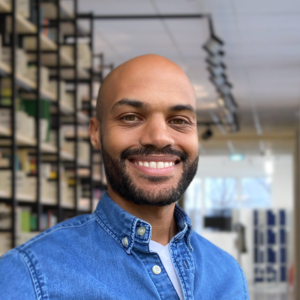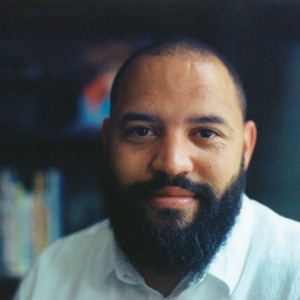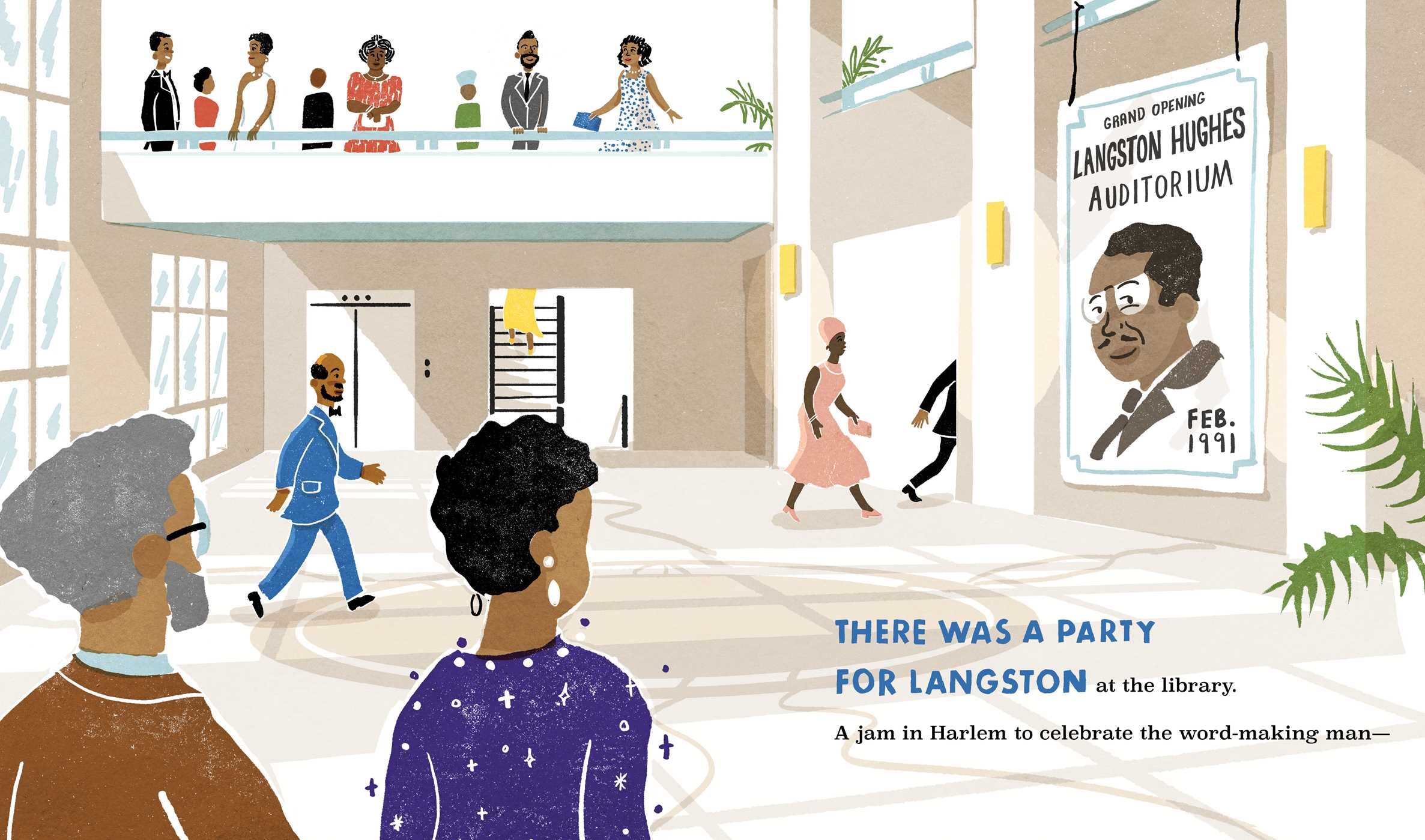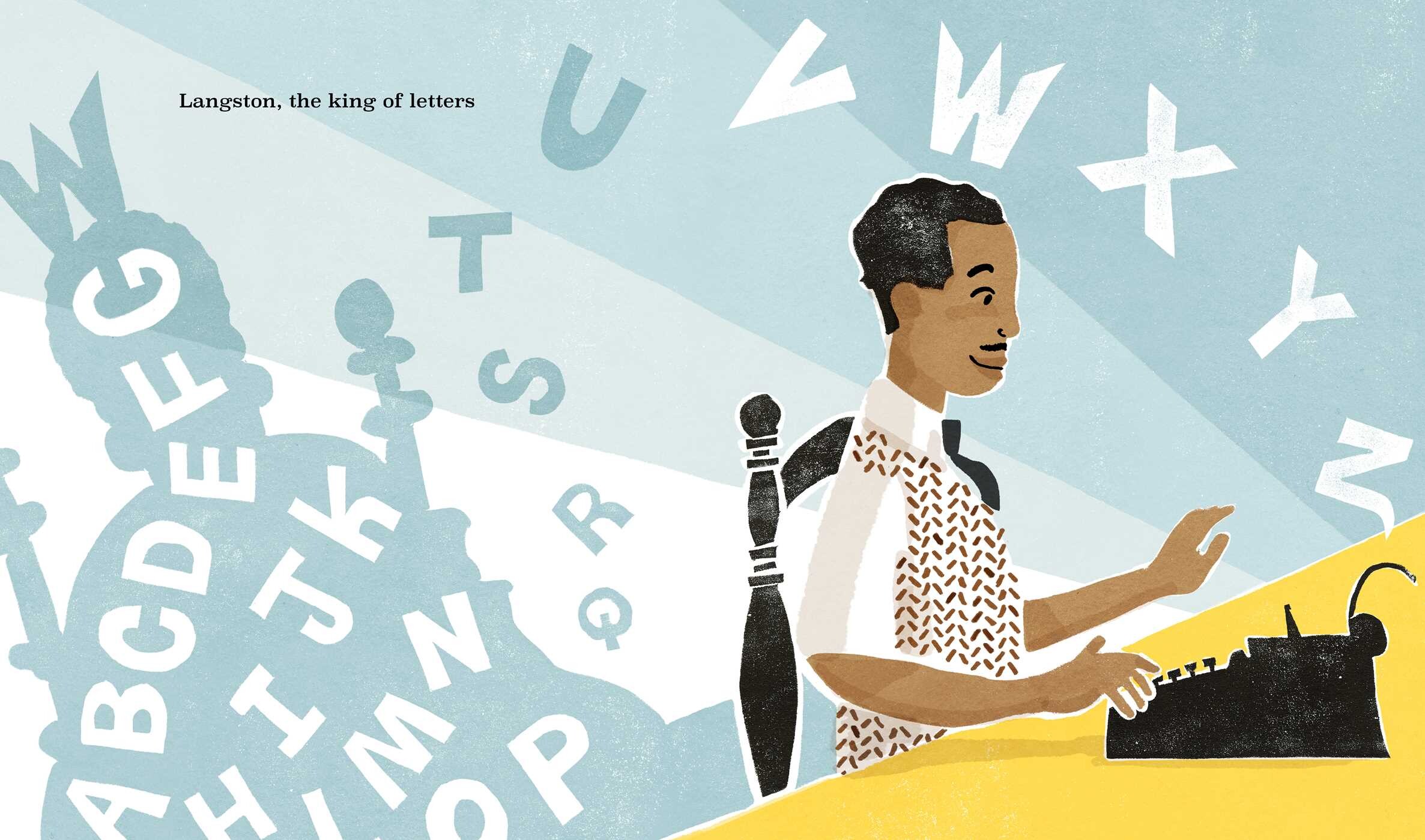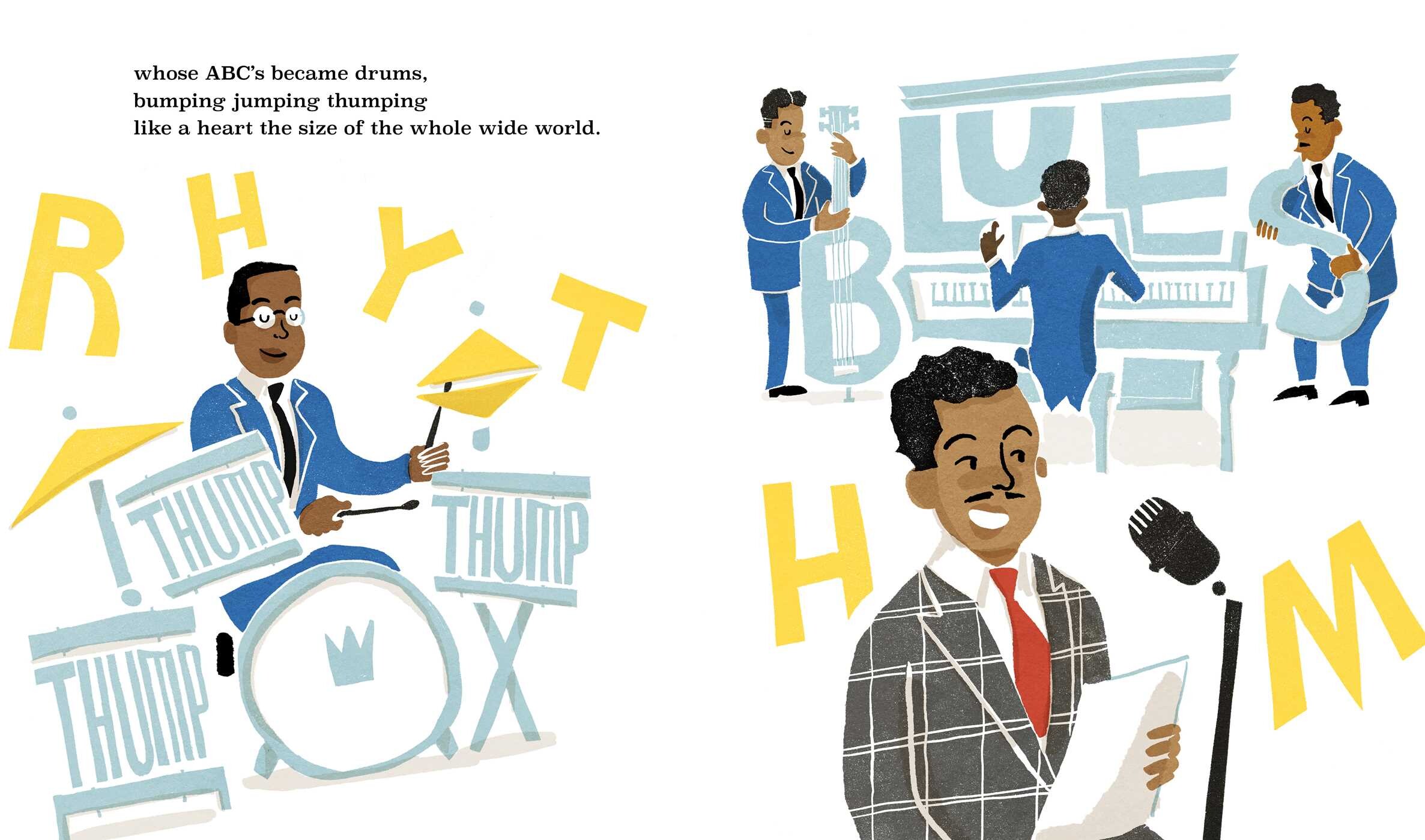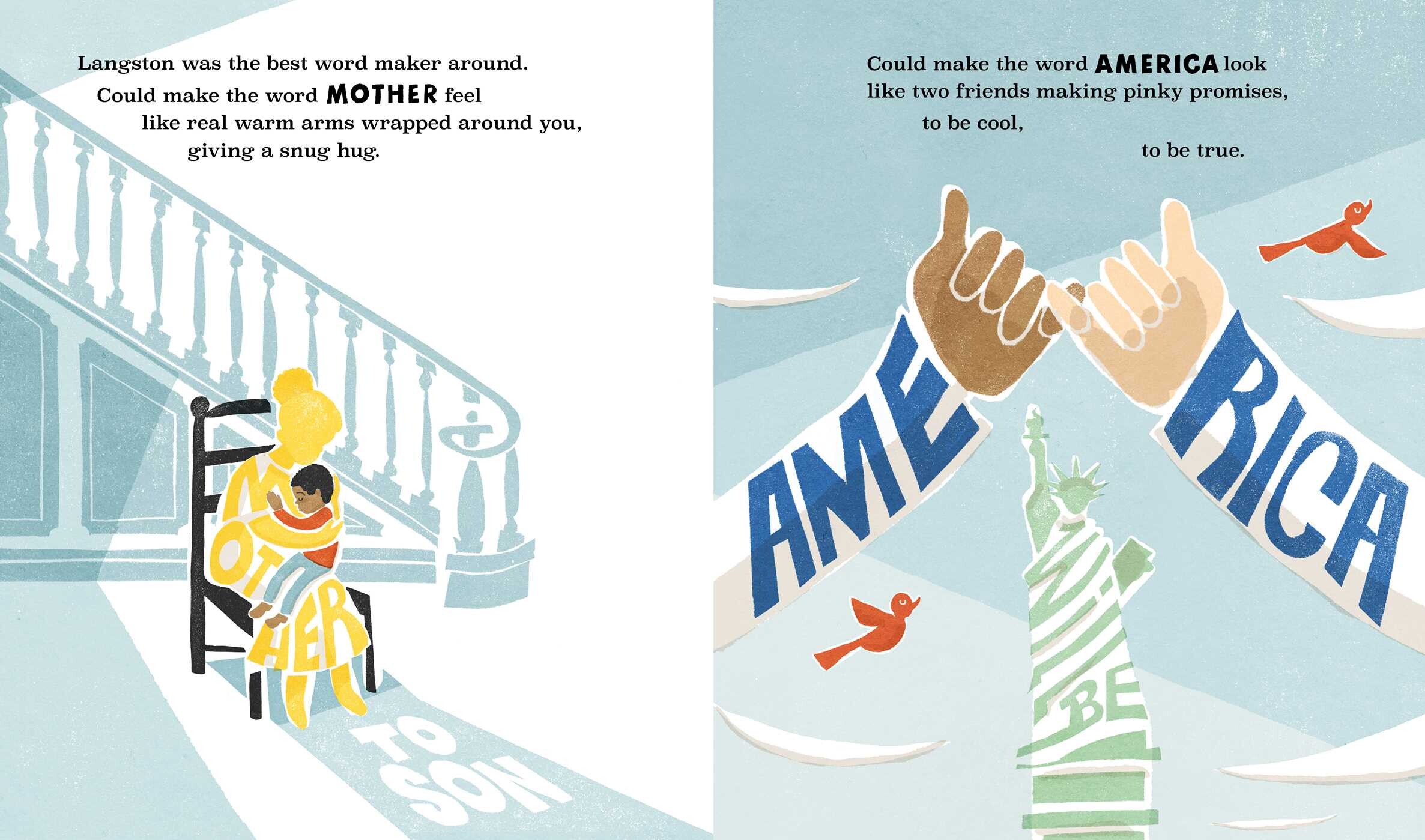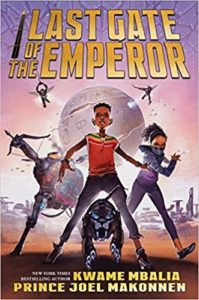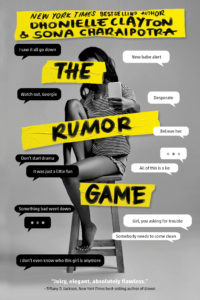The Night Raven
Author: Johan Rundberg
Translator: A.A. Prime
Published November 1st, 2023 by Amazon Crossing Kids
Summary: Mika is not your average orphan—and she’s about to prove it.
It’s 1880, and in the frigid city of Stockholm, death lurks around every corner. Twelve-year-old Mika knows that everyone in her orphanage will struggle to survive this winter. But at least the notorious serial killer the Night Raven is finally off the streets…or is he?
Mika is shocked when a newborn baby is left at the orphanage in the middle of the night, by a boy with a cryptic message. Who is he? And who is this “Dark Angel” he speaks of? When a detective shows up, Mika senses something even more sinister is going on.
Drawn in by Mika’s unique ability to notice small details—a skill Mika has always used to survive—the gruff Detective Hoff unwittingly recruits her to help him with his investigation into a gruesome murder. Mika knows she should stay far, far away, and yet…with such little hope for her future, could this be an opportunity? Maybe, just maybe, this is Mika’s chance to be someone who matters.
Praise:
★“This gripping, fast-paced mystery comes together well, with Mika’s deductions based firmly in logic and connections based in her own clear observations…A thrilling and thoughtful period murder mystery.” —Kirkus Reviews (starred review)
“Mika is a brave, resourceful heroine, and her warm relationships with Valdemar and her peers at the orphanage counterbalance the bleak backdrop.” ―Publishers Weekly
“Originally published in Sweden, the novel ends with justice done and, for Mika, a newfound sense of purpose. While not every mystery introduced is solved, this is only the first volume in the Moonwind Mysteries series.” ―Booklist
★“This English translation of Rundberg’s lively historical mystery…is something to celebrate…Joyous, funny, suspenseful, and serious—an unusual and winning combination for middle-grade readers. Let’s hope its three sequels appear in [A. A.] Prime’s English translation, too.” —The Horn Book (starred review)
“Middle-school-age historical mystery fans will appreciate the fast-moving story and intriguing setting, as well as the splashes of humor throughout.” ―Historical Novels Review
“It’s a testament to the authors that none of the solutions comes easily — in any good mystery story, truth is a messy and painful business.” —The New York Times Book Review
About the Author & Translator:
Johan Rundberg is an award-winning author of children’s books who lives in Stockholm. He has written picture books, early readers, and middle grade, including Kärlekspizzan, Knockad Romeo, and the series Häxknuten. In 2021, he was awarded Sweden’s most prestigious literary prize, the August Prize, in the children’s and YA category for Nattkorpen, the original edition of The Night Raven, which was first written in Swedish. Nattkorpen was also the winner of a Swedish Crimetime Award in the children’s and YA category. There are now four books in this series published in Sweden.
A. A. Prime (Annie Prime) is an award-winning translator of Swedish literature. She was born in London and traveled the world studying a number of languages before settling in the English coastal town of Hastings. She now works full-time as a translator, specializing in the weird, witty, and wonderful world of children’s and young adult fiction. She holds an MA in translation from University College London and has published more than twenty books in the UK and US. In her free time, she can be found belly dancing, folk singing, horse riding, and sea swimming.
Review: Mika is such an impressive detective! Following her unexpected journey helping Detective Hoff solve a murder, the reader gets insight into her process of finding and following clues–very Sherlock Holmes-y! I was a bit worried, at first, that the story was going to be slow because it starts with something that seems so unrelated to what the book promises, but not long after everything starts to happen and we learn later that the beginning definitely connects to the story.
I read this book in one sitting because I had to know what was going on in the town, and I cannot wait to read more mysteries for Mika to solve, mostly now that we know Mika, the detective, and a few other orphans more–I want their story to continue!
I do want to add that this is a bit of a dark book–there are definitely murders, mentions of abuse & neglect, and has some scary parts. I can definitely think of so many readers in middle school that are going to love this book, but I wanted to make sure adults know that the author did not go light on the themes, descriptions, or topics. But in the end, there is definitely hope, which is the most important in a grim story.
Tools for Navigation: This book is going to be a perfect book to hand to your middle school readers that are looking for mysteries, even if they aren’t interested in historical stories because the mystery and darkness will suck them in.
Discussion Questions:
- What makes Mika a wonderful detective?
- How does the author bring insight into the lives of orphans in the 19th century? What was life like for them?
- How would you describe Mika’s life at the beginning of the book versus at the end of the book?
- Do you think the detective was smart or careless in having Mika help him with the case?
- Did you catch any of the clues Mika did to figure out who had committed the murder?
- Were you surprised by the connections between the murderer and Mika’s orphanage?
- Do you think all of the secrets within the orphanage were necessary?
- How would the story be different if it was from the point of view of the detective? The murderer? Edvin? Rufus?
- How is the setting a part of the story? How is it different from where you live?
- What is the mood of the book?
Flagged Passages/Spreads:
Chapter 3
Mika has learned to identify where most customers work. The ones from the tanneries are recognizable by the smell. The ones from the tobacco factory have stained hands. The men in the corner are neither. They’re not in uniform, but Mika can tell they’re cops. She can tell because everyone else is avoiding their gaze. No one else is sitting anywhere near them. As if the violence surrounding them gives off a stench.
Mika puts the tankards down on their table. The larger of the two men signals to her to fill the smaller glasses as well. She fetches a bottle from the cupboard behind the bar. The big man’s hand shakes as he reaches for the glass. Not with cold or drunkenness. This is something else. It only takes one quick glance for Mika to see the same thing she saw in that boy last night. Fear.
She fills the glasses while the men continue talking in low voices.
“Nordell and I were first on the scene,” says the big guy. “Looking back, I wish we hadn’t gone in such a rush.”
He raises his glass and grimaces as the liquor pours down his throat.
“The body was pretty much drained of blood, like the kill of a hunt.”
The thinner man raises his eyebrows. “I thought you said he was alive when you arrived?”
The big man looks grimly at his empty glass. Then nods. “Barely. We came just in time to hear his last words. He said . . .” He turns his empty schnapps glass upside down hopefully and drips the dregs onto his tongue before leaning over the table and concluding his sentence in a hushed tone: “. . . that the Night Raven had come for him.”
Mika lingers at the next table. With her back turned to the men, she pretends to wipe a dropped knife on her dress. Behind her she hears the thinner man’s incredulous voice.
“You must have heard wrong. You can’t possibly mean that . . .”
Read This If You Love: Murder mysteries, Historical mysteries
Recommended For:
**Thank you to Blue Slip Media for providing a copy for review!**
